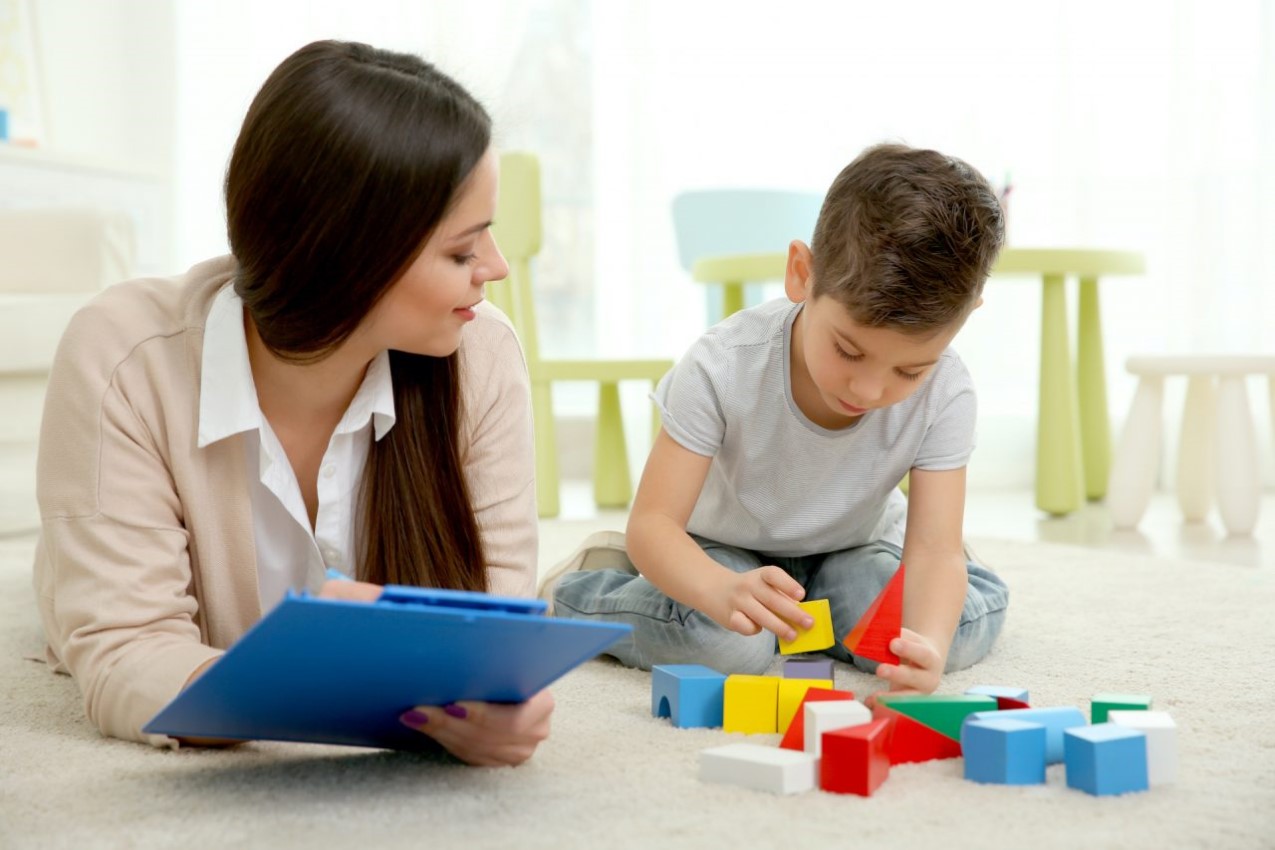All you need to know about Autism and Sensory Procession
Sensory processing, or how our bodies absorb and react to sensory cues including noises, tastes, scents, and sensations, is frequently harmed by Autism Spectrum Disorder (ASD). In fact, a 2009 study indicated that over 95% of those with ASD had substantial sensory processing abnormalities when compared to the general population. People with ASD have a wide range of sensory processing experiences and issues. Parents may assist their kid feel comfortable, supported, and capable of coping with sensory difficulties and developing life skills by understanding frequent presentations of sensory processing impairments in autism therapy services, as well as their origins and potential techniques and treatments.
Sensory Processing Differences in ASD
Individuals with ASD may "have unique responses to touch, smell, noises, sights, taste, and feel," according to the CDC. They may be hyper- or hyposensitive to pain, resist physical touch, or be easily overwhelmed by crowded, visually busy, or noisy surroundings, for example. Multiple "subtypes" of sensory processing disorders have been proposed by researchers. Individuals with mild sensory processing issues who struggle with inattention or distractibility, as well as groups with more serious sensory processing issues in all areas who may have the most pronounced difficulties with physical movement or extreme sensitivities to certain tastes or smells, fall into this category. These disparities reflect the wide range of sensory processing issues that such people encounter, as well as how one can be hypersensitive in one area (exaggerated noise reactions) while being under-responsive in another (i.e. lack of response to pain).
How frequently do ASD and sensory processing issues occur?
In one survey of adults with autism, 83 percent of those polled stated they struggled with sensory processing. Sensory processing problems were also mentioned as a factor in respondents' elevated stress levels in the same poll. Depending on the study, the percentage of children with ASD and sensory processing difficulties ranges from 69 percent to 95 percent and needs autism therapy services.
Is there always a pattern of sensory sensitivity in autism?
Interestingly, despite the fact that sensory sensitivity has received a lot of attention in autism research, the findings show a diversity of sensory patterns. The findings reveal that there is no obvious pattern of sensory input responses in autism. Varied researches have come up with different conclusions, but the majority of them agree that autism has a mixed sensory profile.
This serves as a nice reminder that each person with autism is unique. Some brains may be more sensitive, while others may be slower to respond to sensory inputs or seek out additional sensory information. There may be disparities in each sense as well. Auditory sensitivity, or sensitivity to noises, is a constant finding across all investigations. Touch sensitivity is also a common complaint, says the experts of autism therapy services.
What Causes Sensory Issues in ASD?
Although researchers still have much to understand, there are a variety of probable factors for sensory sensitivity in ASD. Some of the causes could be linked to the body's nervous or parasympathetic nervous systems. Under-responsiveness could be caused by a problem with the sympathetic nervous system, whereas an issue with the parasympathetic nervous system could cause a person to get easily overly excited and unable to settle down when exposed to sensory stimulus.
Sensory sensitivity is influenced by neurological factors as well. Sensory sensitivity in ASD may be caused by a lack of interaction between particular brain regions, as well as "disruption of the auditory and visual processing pathways," according to the experts.
However, the evidence does not support a particular pattern of reactions. Every autistic kid or adult will have a distinct sensory profile and will require tailored support.
How Does Autism Treatment Address Sensory Differences?
Sensory processing disorder treatment can help persons with ASD learn to better manage the levels of stimulation and adapt with new stimuli and situations. It can offer tools and strategies for communicating these demands, as well as assist individuals in learning and developing abilities that take into account their sensory processing experiences. Parents gain additional knowledge and tools to utilize at home in order to create a healthy environment, minimize and respond to meltdowns, and work with their kid to find sensory-friendly ways of learning, exploring, and experiencing new things after receiving professional therapy.






Comments
Post a Comment